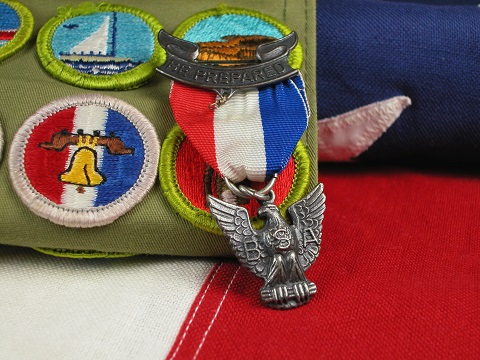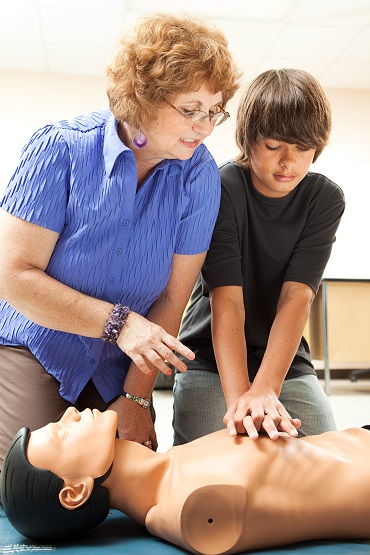 Many youth organizations require CPR and first training for adults serving in leadership positions. Many also offer various programs geared to educating kids about CPR. Being in charge of a group of young people is a big responsibility, so it’s important to be prepared for anything life might throw at you.
Many youth organizations require CPR and first training for adults serving in leadership positions. Many also offer various programs geared to educating kids about CPR. Being in charge of a group of young people is a big responsibility, so it’s important to be prepared for anything life might throw at you.
Emergency Skills Training Might Come in Handy Some Day
Even if emergency skills training isn’t required by the organization, its good practice to educate yourself about first aid and CPR, especially if water and nature are involved. As the adult in the group, young people are going to look to you if something happens. It’s important to be ready for all the different types of emergencies that impact children, like broken bones, choking, cuts, and more.
Adults Need to Know How to Administer CPR
 Every day, new stories are reported in the news about a person’s life being saved by CPR. The fact of the matter is that any child could succumb to cardiac arrest at any moment. If you serve in a leadership role for the Boy Scouts of America, Girl Scouts, various YMCA programs like Adventure Guides, a church camp, youth group, overnight camp, karate classes, swim teams, or any sporting activities, you owe it to those children to be able to perform CPR in an emergency.
Every day, new stories are reported in the news about a person’s life being saved by CPR. The fact of the matter is that any child could succumb to cardiac arrest at any moment. If you serve in a leadership role for the Boy Scouts of America, Girl Scouts, various YMCA programs like Adventure Guides, a church camp, youth group, overnight camp, karate classes, swim teams, or any sporting activities, you owe it to those children to be able to perform CPR in an emergency.
What Type of First Aid Training Should Youth Leaders Undergo?
A youth leader should be capable of handling the most common emergency first aid scenarios. Cardiac arrest, choking, allergic reactions, serious bleeding, broken bones, heat stroke, and hypothermia, are a few of the most common scenarios you might encounter. Every day, this age group experiences about 8,000 sports-related injuries serious enough for a hospital visit, so be ready.
You don’t have to be able to treat these issues, you just have to be able to keep the victim stable (and hopefully alive) long enough to reach EMS. If you are on a hike in the wilderness, you’re not getting an airlift for a sprained ankle or even a broken leg. If you don’t know how to properly deal with these types of scenarios, it’s irresponsible to even be there in the first place.
 Cardiac Arrest Statics for Young People
Cardiac Arrest Statics for Young People
About 6,000 to 7,000 U.S. children under the age of 18 experience out-of-hospital cardiac arrests every year. The odds of survival triple when bystanders were able to use a defibrillator. The chances of being involved in this type of emergency are very slim, but that doesn’t mean you shouldn’t be prepared for a CPR emergency.
According to the Sudden Cardiac Arrest Foundation, 4 out f 10 SCA victims survive if bystanders intervene and provide CPR while waiting for EMS to arrive. The window of time to save a victim of SCA is very small. Hands-on training is the best way to keep your CPR skills sharp for just such an emergency.
Sign up for a CPR and First Aid Course Today!
The Response Institute has lots of CPR and first aid classes available in Richmond, Virginia and Raleigh, North Carolina, including classes for non-medical personnel. Contact us to schedule a class or learn more about the training programs we could bring to your organization.
Click Here to Learn More
